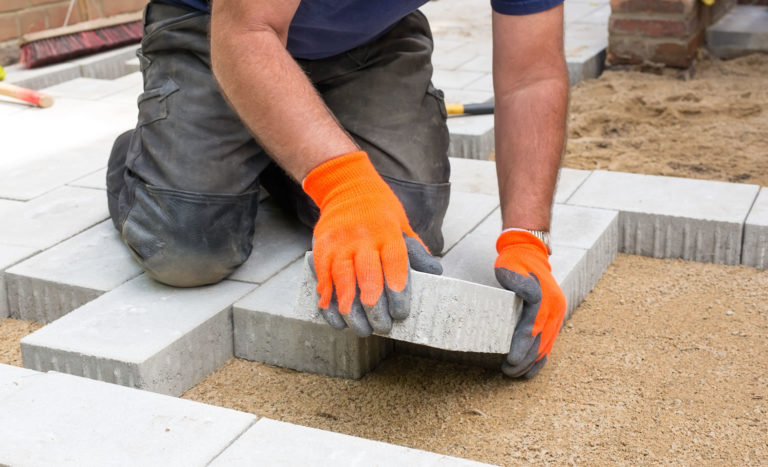
Home » English » Did you know... » Horcalsa in Masonry: An Indispensable, Economical, and Long-lasting Ally

A lime mortar, by definition, is composed of lime, cement, sand, and water, replacing traditional cement with lime. This will confer to the mortar a bioclimatic capacity, allowing the wall to breathe due to its high permeability without losing its waterproofing capacity. If you want to know more, we will explain in more detail what lime mortar is and what it is used for.
Compared to traditional cement-based mortars, lime mortar has less shrinkage, less cracking, and lower mechanical stiffness. Speaking more technically, it can be said to protect against moisture, provide indoor air quality, and protect against noise. These last two properties are the most interesting of these mortars, as they provide quite high absorption of both odors and noises, providing greater comfort to a room.
Within lime mortars, you can also find different uses:
Wall Restoration: Lime mortar is especially recommended for restoring old walls, as it is highly breathable.
Sanitation: It can be used for the sanitation of entire walls or just the joints.
Coating: Traditional lime mortar can be used with a rough finish, although there are also models with decorative finishes, different colors, and finishes in gloss, matte, or troweled.
Adhesion Lime mortars have excellent adhesion properties due to their high workability, adhesiveness, and water retention, possessing the capability of creating a continuous binder with brick/block surfaces and entirely filling the spaces between them. Inspections have revealed that the adhesion between lime mortar and brick/block is not only due to purely physical phenomena but also to chemical reactions. Focusing only on the high strength of mortars disregards the importance of adhesion strength and shrinkage.
Water Loss Water is the driving force behind the deterioration of a building and can fundamentally affect the performance and durability of many of the building components. Masonry walls built with lime mortars show high resistance to water loss due to better adhesion between them and the bricks.
Durability Lime mortars have been used in almost all masonry buildings. Their durability and long-term performance are demonstrated by the large number of historical buildings found in our towns and cities.
High Flexural Strength Combined with Adequate Compressive Strength Inappropriate mortar strength relative to the units it is applied to, is the usual cause of cracks. Lime mortars offer greater elasticity and help accommodate minor movements and volume changes, reducing joint movement.
Flexibility and High Degree of Deformation before Breakage Deformable masonry structures have proven to be more durable than brittle ones when subjected to normal stresses. Normal stresses can be thermal movements and unforeseen deformations from other causes, ranging from differential settlement over time to earth tremors.